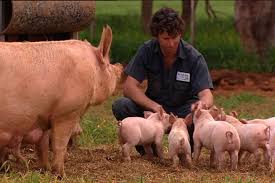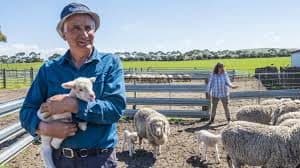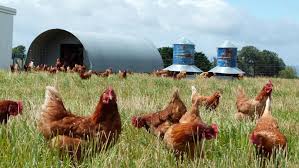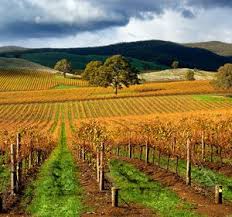Regional and rural communities to benefit from changes to the subclass 417 and subclass 462 visa programs



The Australian Government has just announced significant changes to Australia’s Working Holiday Maker (WHM) visa program. The Working Holiday Maker (WHM) visa program includes the subclass 417 visa and the subclass 462 visa. The stated objective is to support regional and rural communities.
These very welcome changes include:
- From 5 November 2018, expanding the regional areas where subclass 462 visa holders can work in plant and animal cultivation to qualify for a second year visa.
- From 5 November 2018, increasing the period in which subclass 417 and 462 visa holders can stay with the same agricultural employer, from 6 to 12 months.
- The option of a third-year for subclass 417 and 462 visa holders who undertake 6-months of specified work in a specified regional area during their second year. We understand the6-months of specified work in a specified regional area needs to be after 1 July 2019,
- Offering an increase in the annual caps to a number of countries that participate in the subclass 462 visa program. Coming soon!
- Increasing the eligible age for subclass 417 visa applicants from Canada and Ireland to 35.
Why is the government doing this?
The government wishes to providing farmers with immediate access to more workers in parts of regional Australia.
Employers will be permitted to retain trained and experienced employees doing agricultural (plant and animal cultivation) work for up to 12-months, rather than the previous 6-months. Theoretically, this could enable someone to work for up to 2 years with the same employer.
The availability of a third-year visa will attract working holiday makers to work for longer in regional Australia. Again, theoretically, this could enable someone to work for up to 3 years with the same employer.
Plant and animal cultivation include – what does this mean?
Basically, it means …
- the harvesting and/or packing of fruit and vegetable crops
- pruning and trimming vines and trees
- general maintenance crop work
- cultivating or propagating plants, fungi or their products or parts
- immediate processing of plant products
- maintaining animals for the purpose of selling them or their bodily produce
- immediate processing of animal products including shearing, butchery, packing and tanning
- manufacturing dairy produce from raw material.
So what additional parts of regional Australia will be included in the expanded arrangements?
From today (5 November 2018), the expanded arrangement will extend to regional areas in New South Wales, Queensland, Victoria and Western Australia, and all of Northern Territory, South Australia, and Tasmania. The specific postcodes will be published on the Department’s website very soon!
What types of work completed will count towards third-year eligibility
Specified work for the third-year visa are the same as the eligibility for specified work for the second-year visa.

For more information visit the Department of Home Affairs website or contact us on 08 9429 8860.
